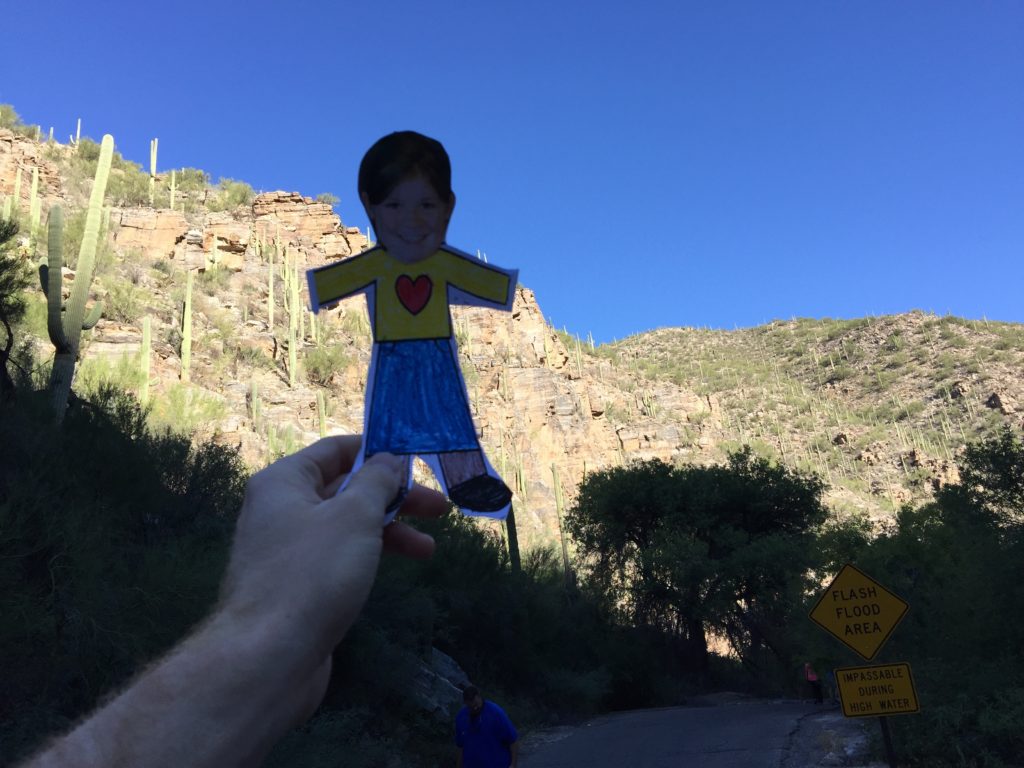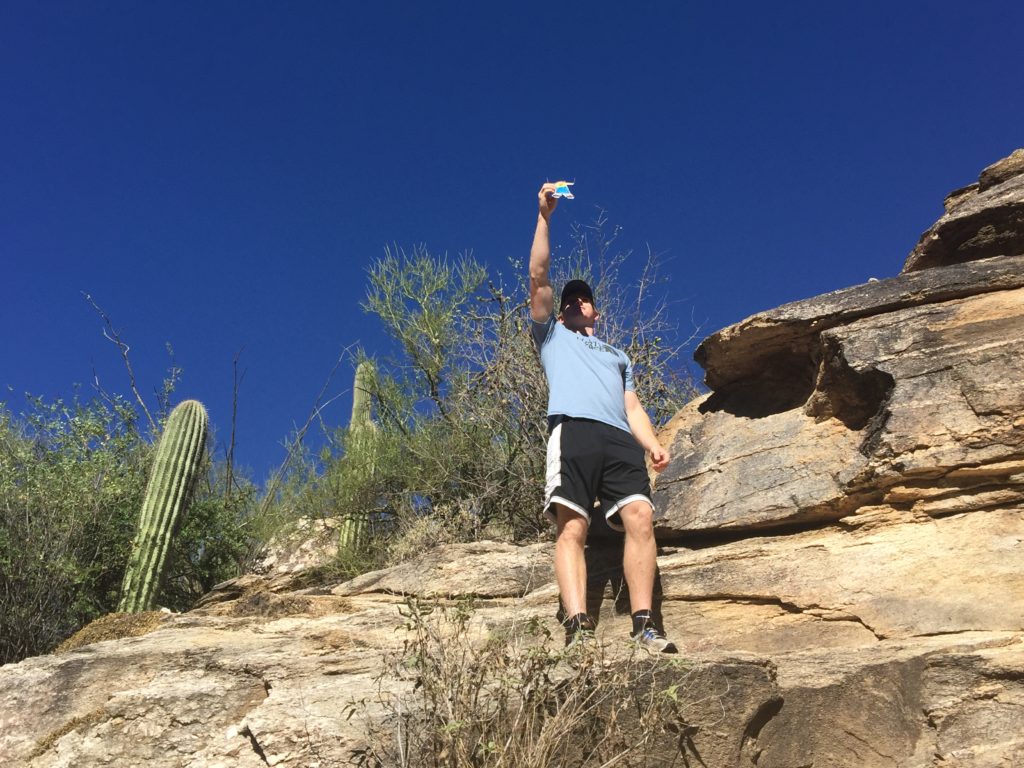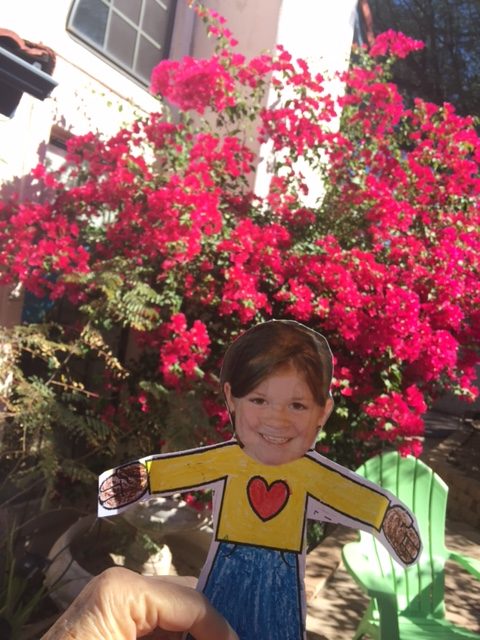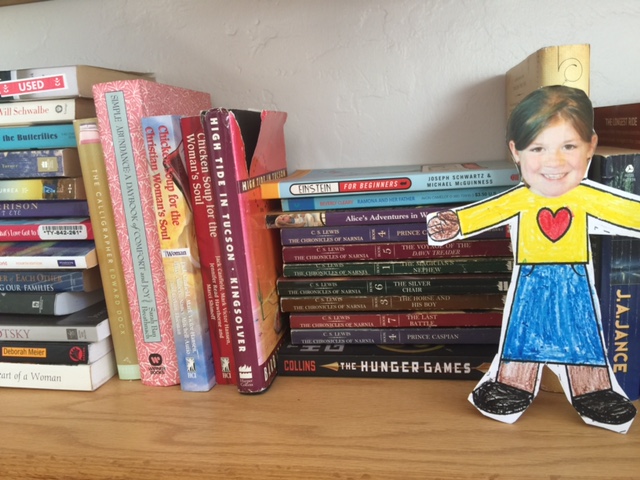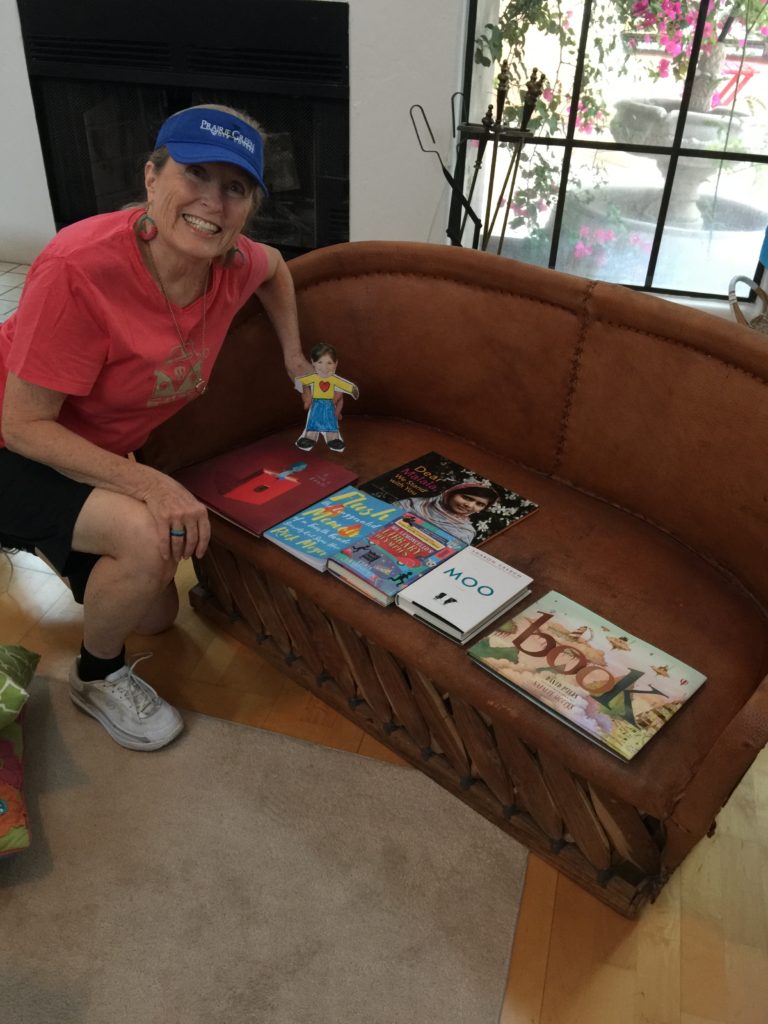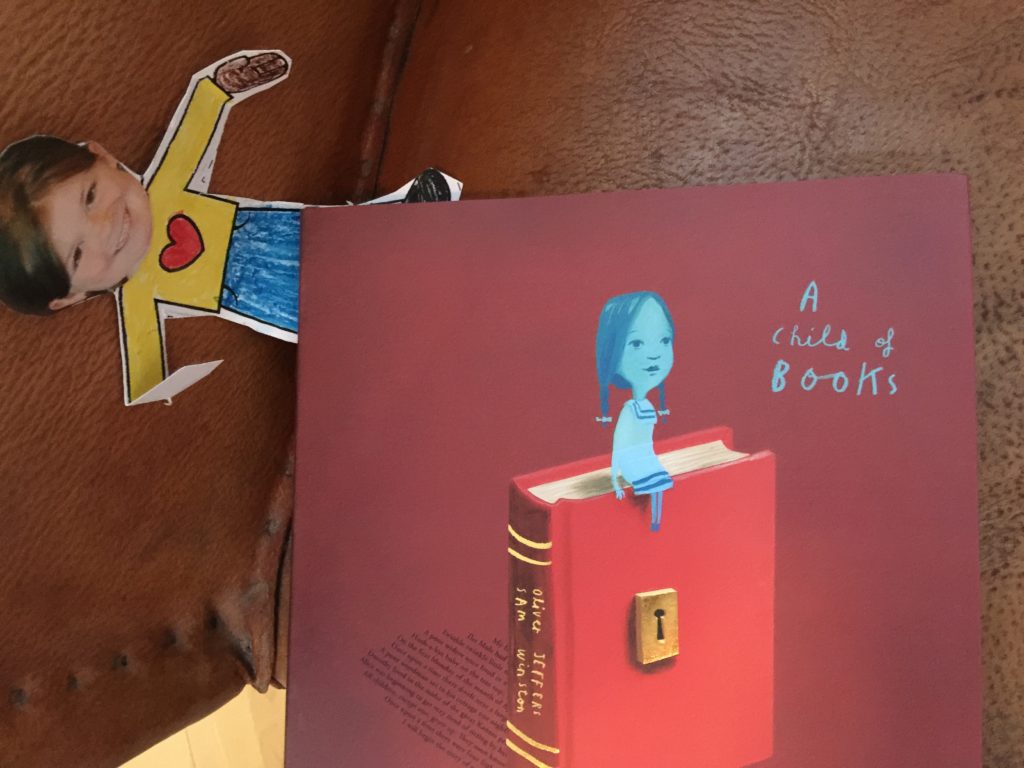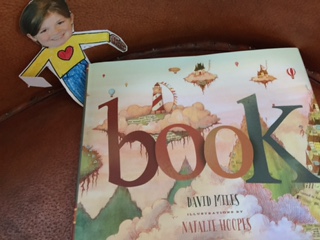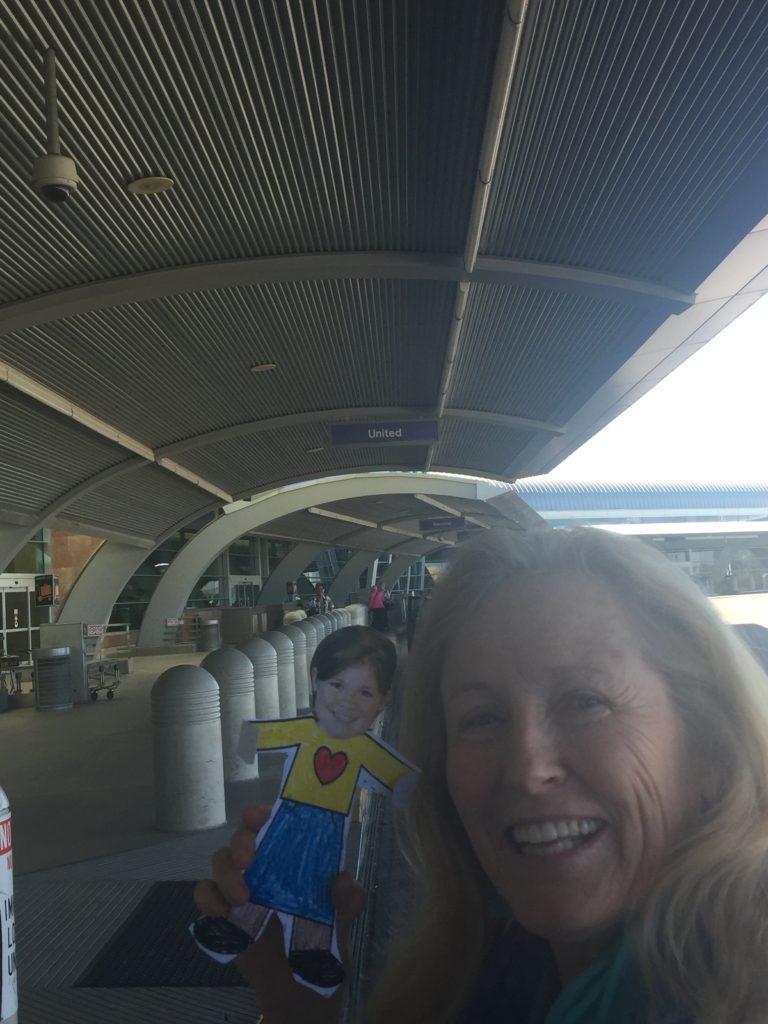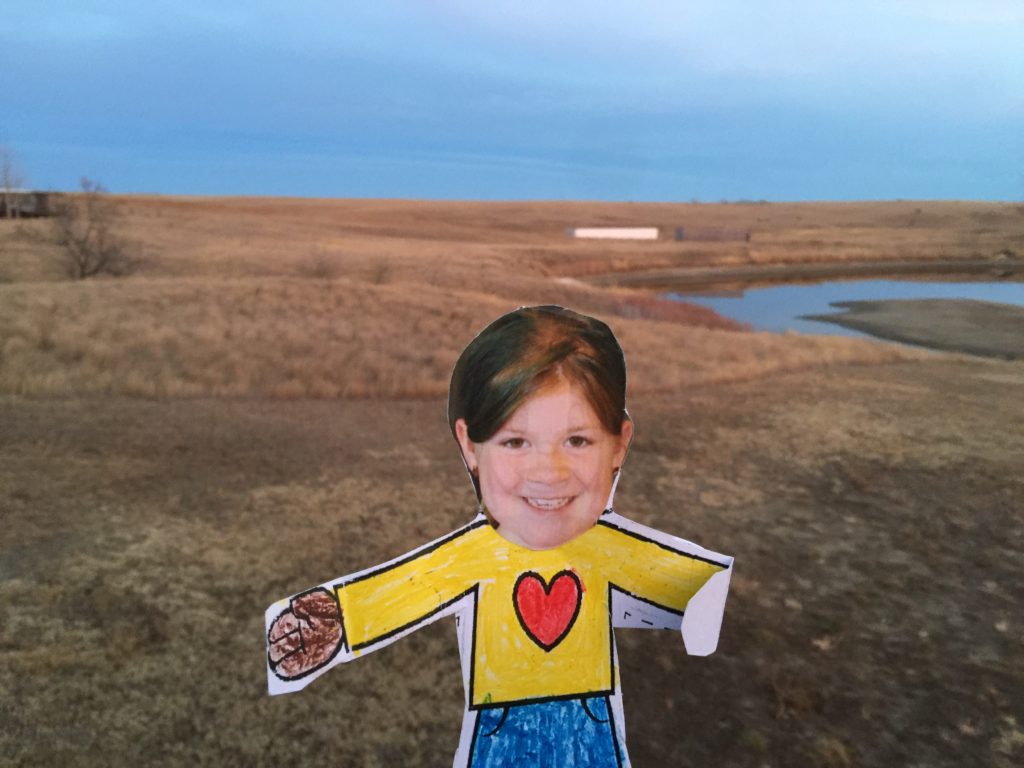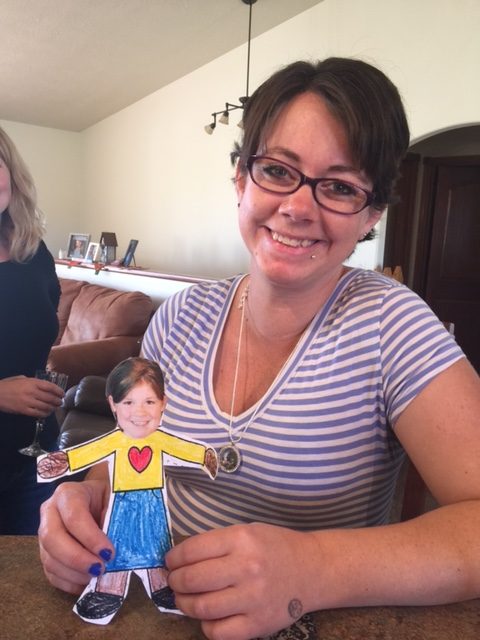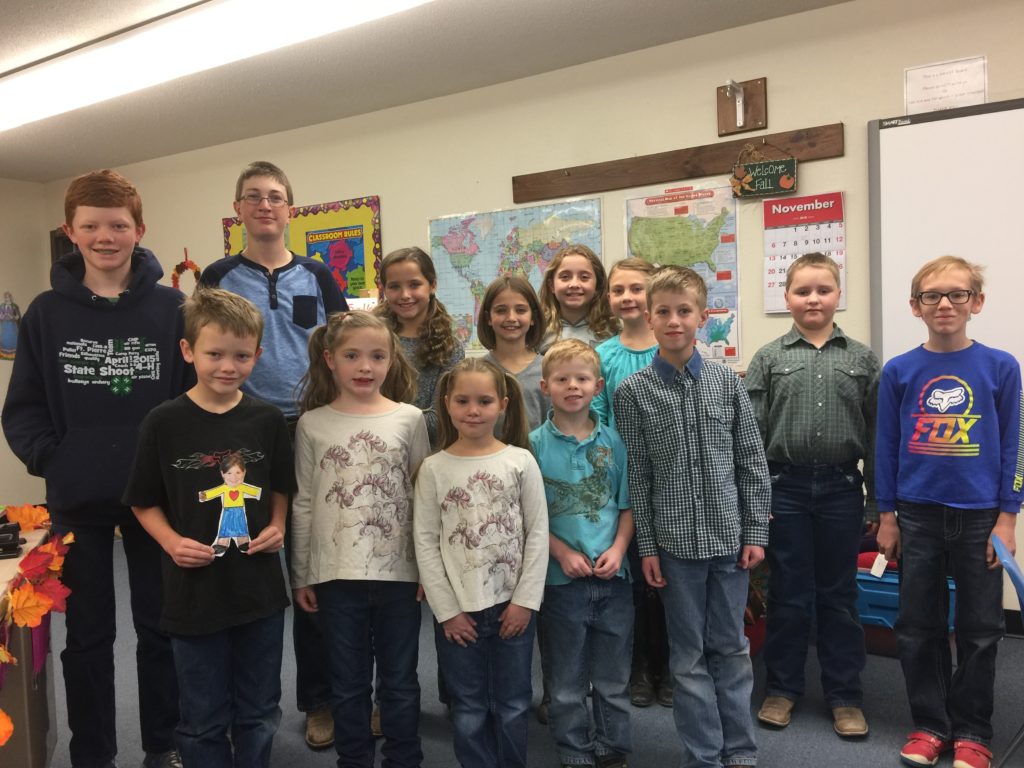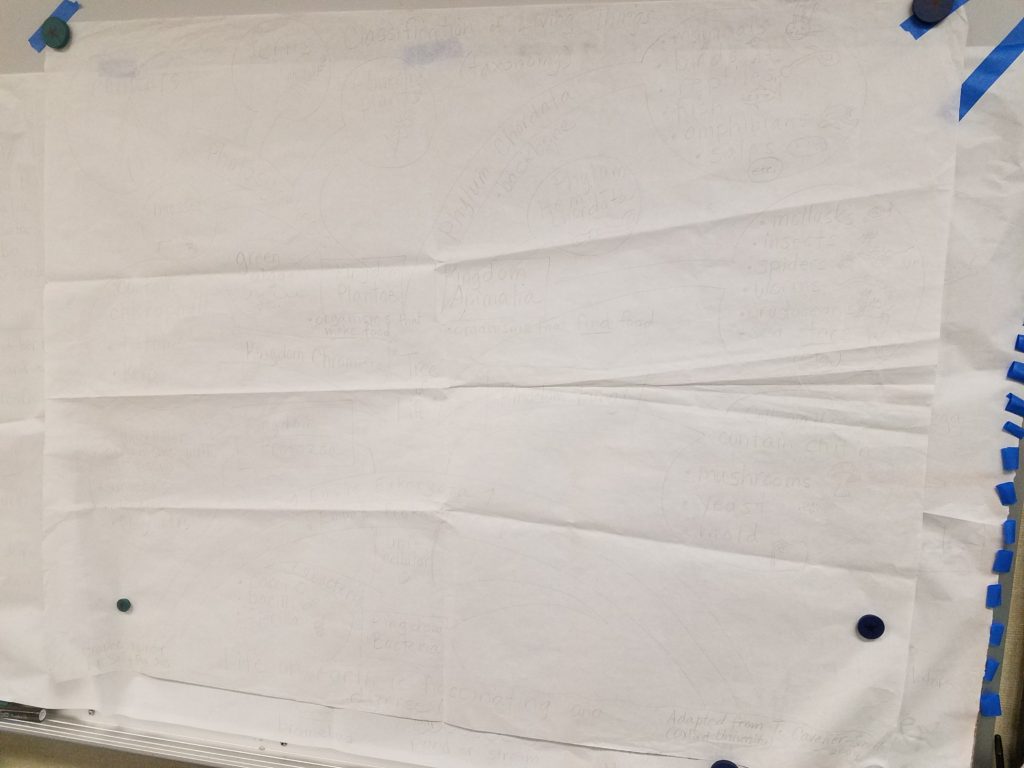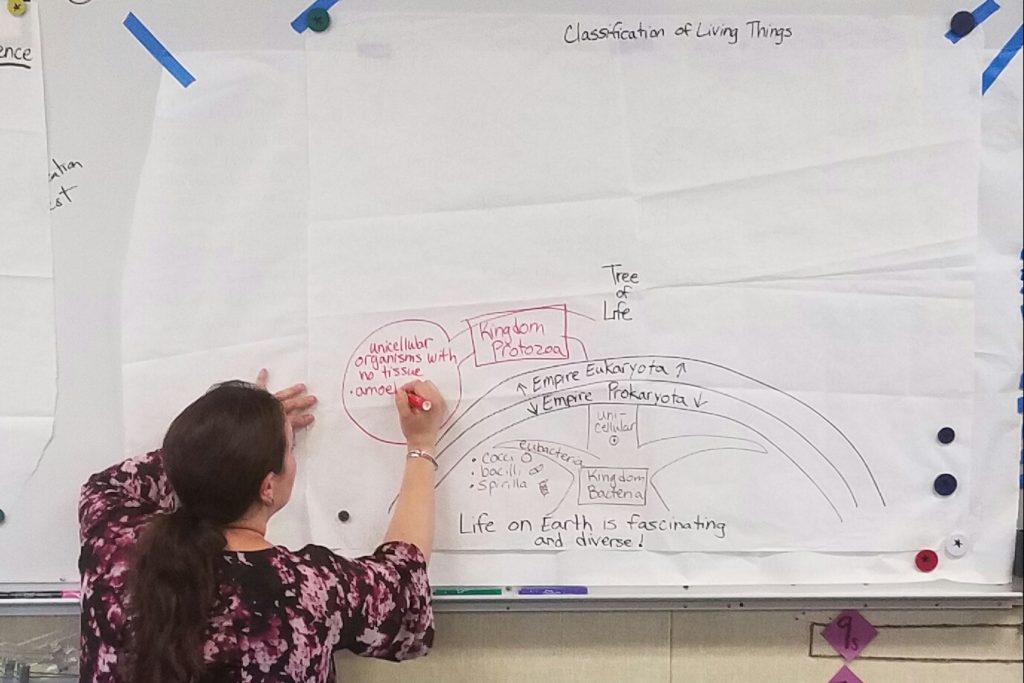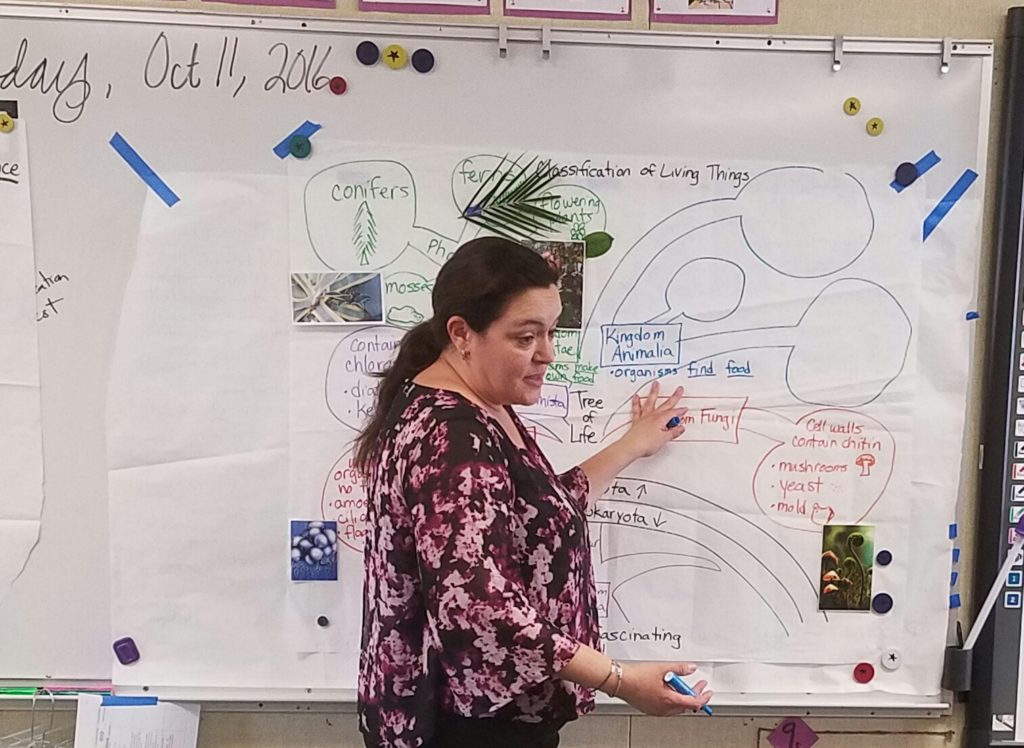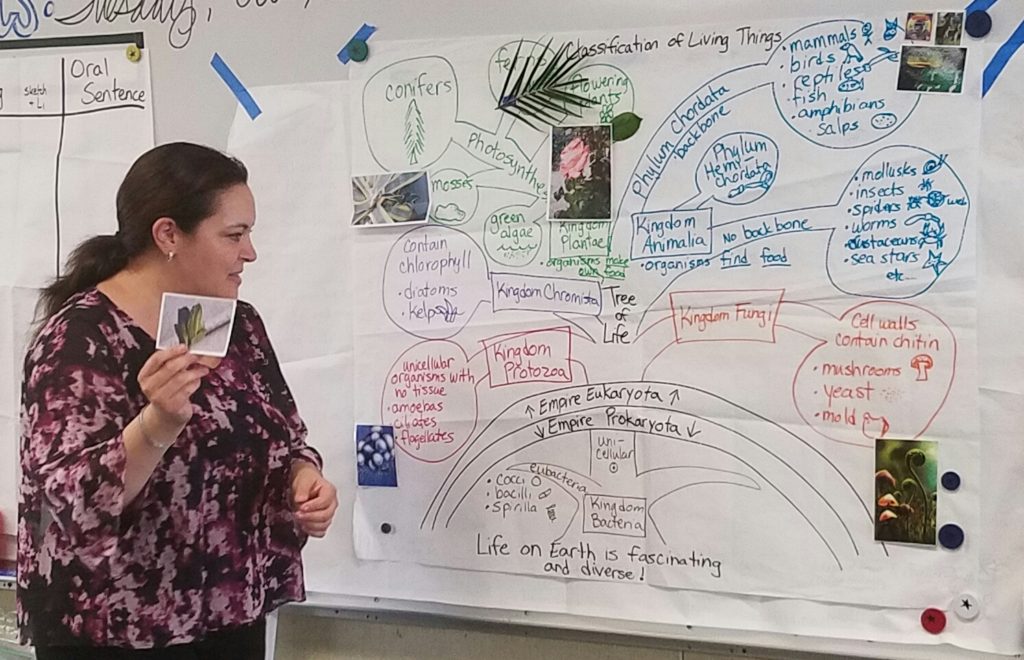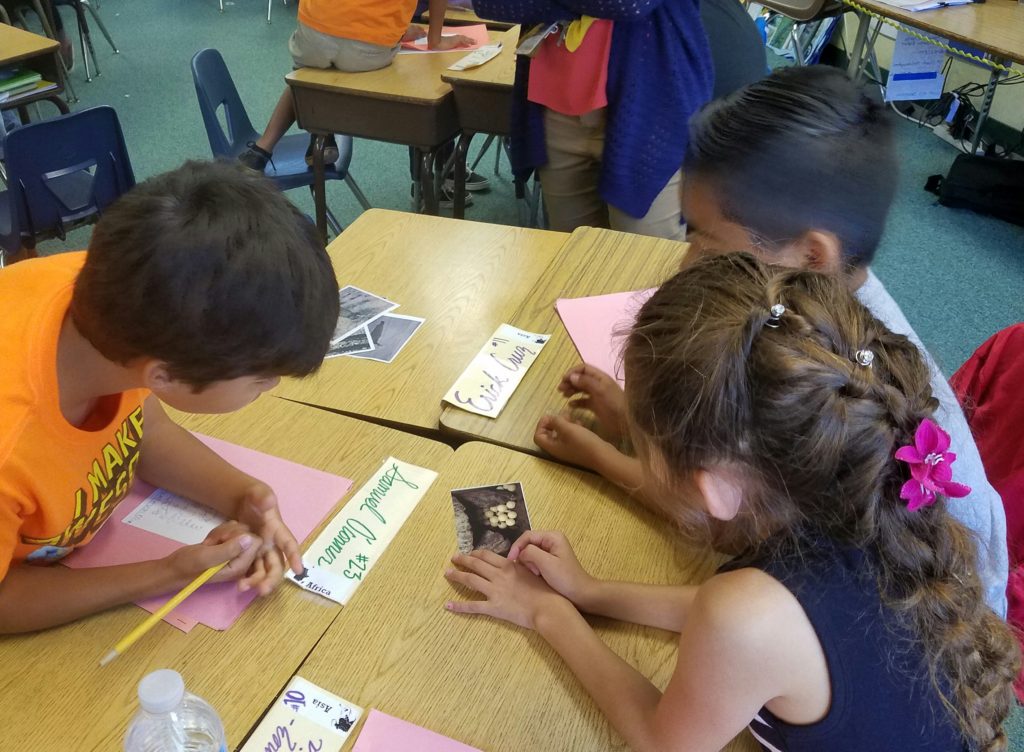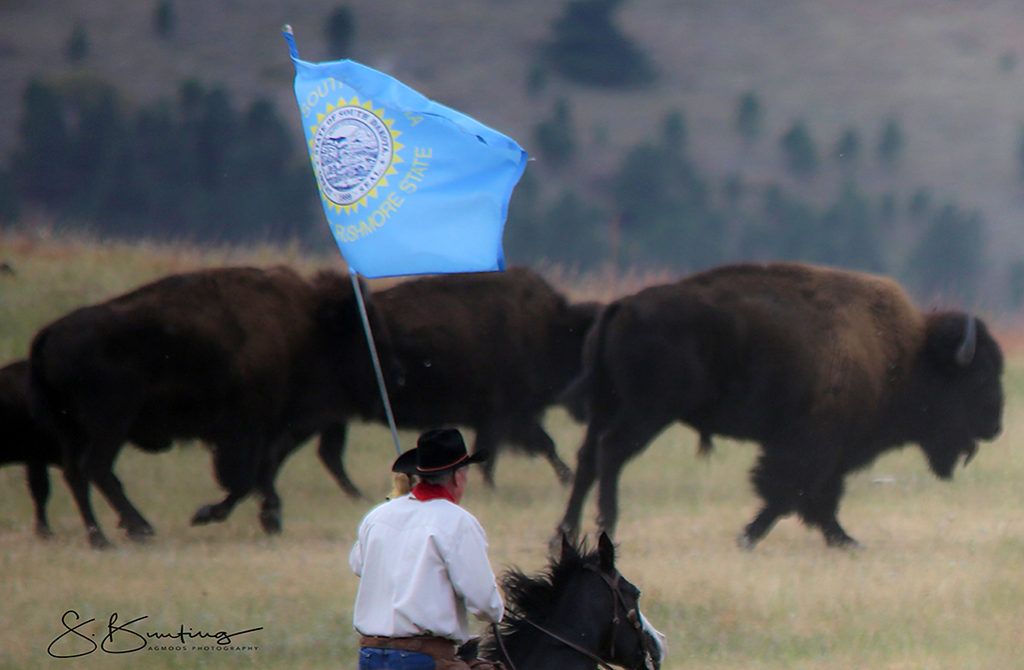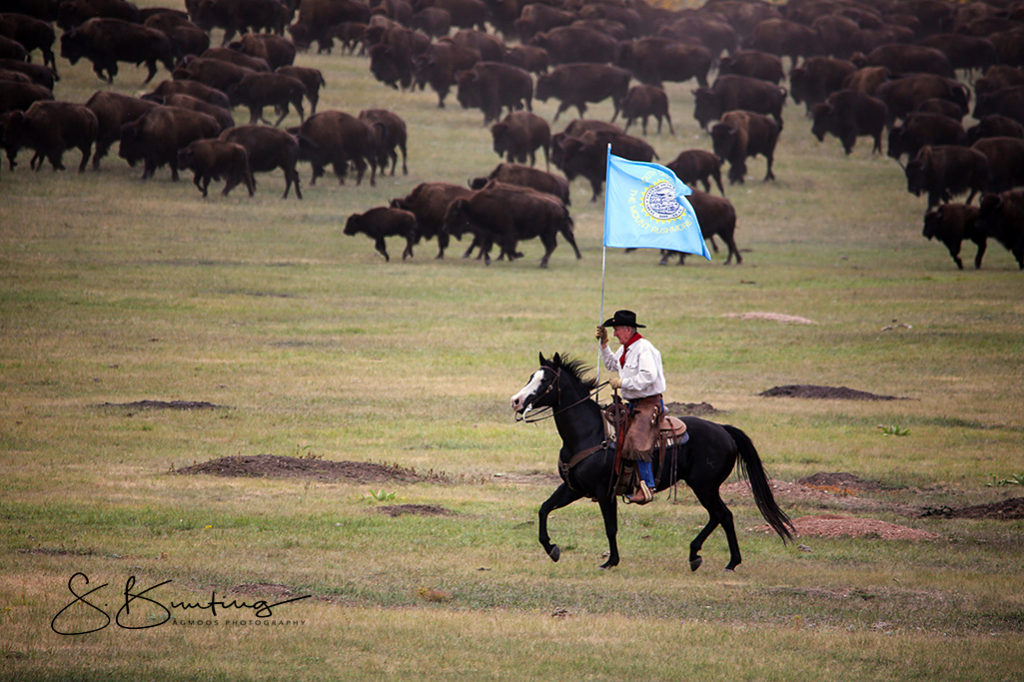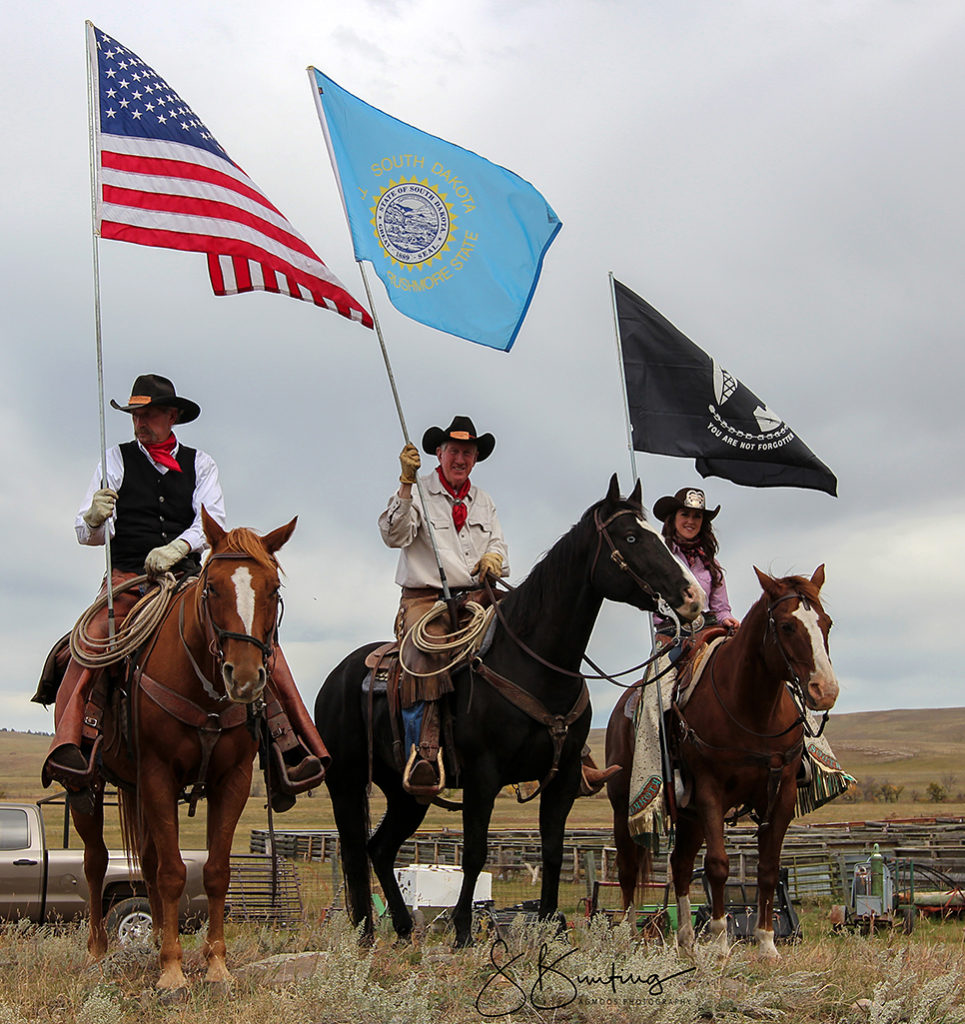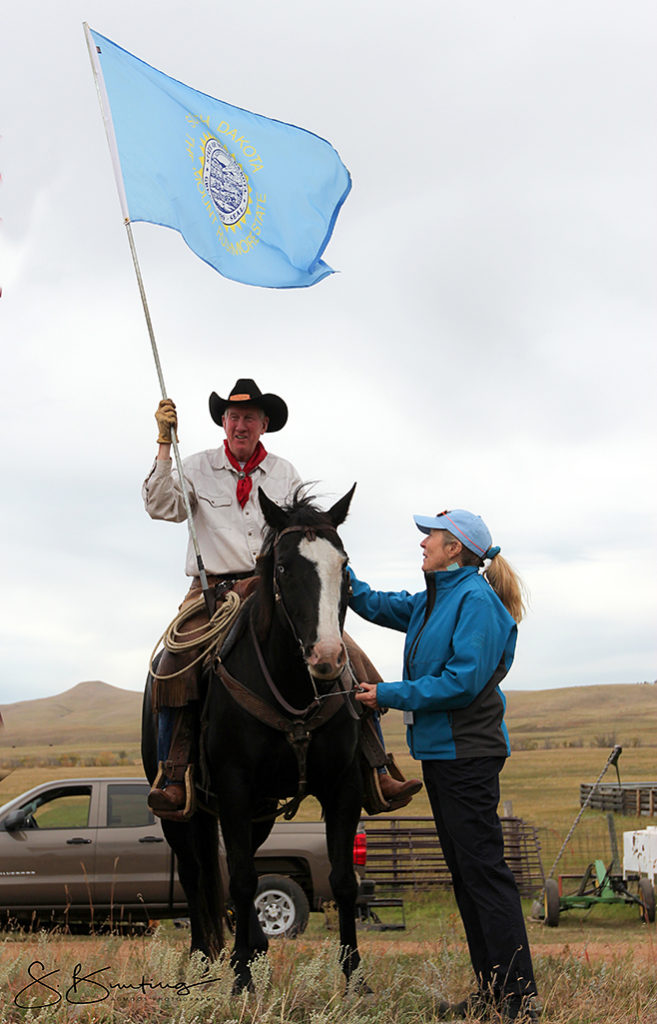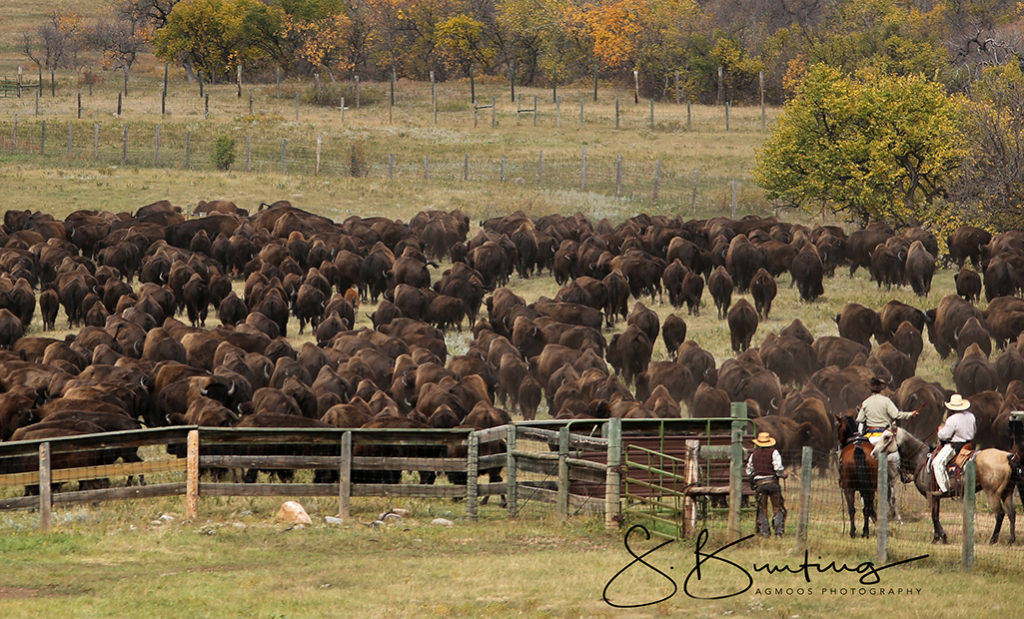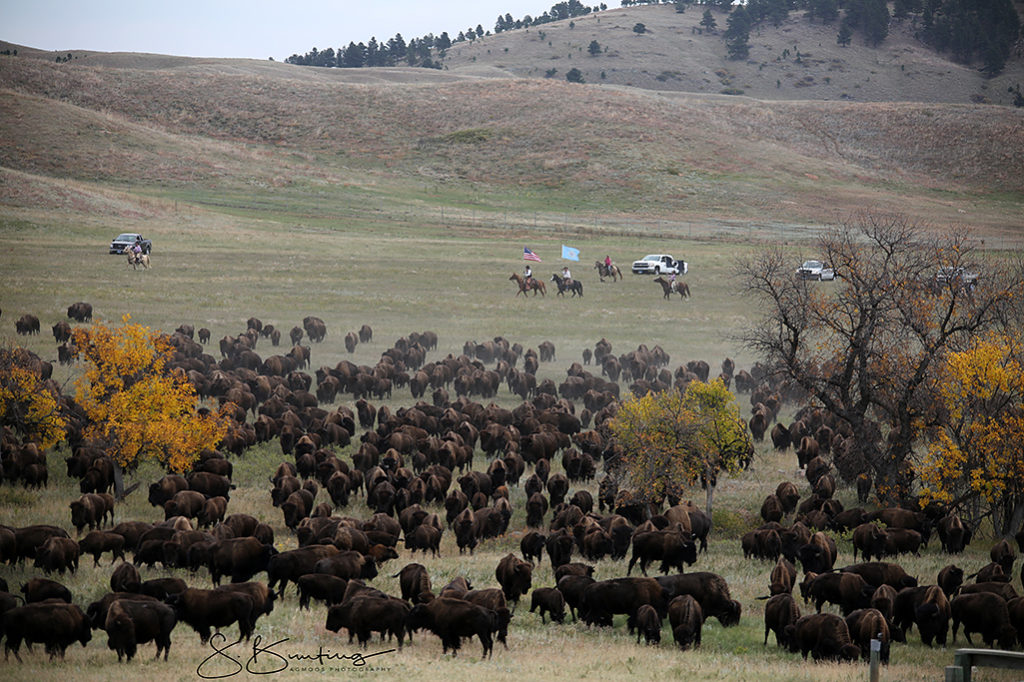Dear WinkWorld Readers,
I gave myself a little break from writing and from social media during the holidays. However, I’m back and working on the manuscript for “The Power of Story” forthcoming from Libraries Unlimited/ABC-CLIO. I suspect you might be getting a lot of stories in the next issues of WinkWorld.
For example, in one place in the book, I am writing about different types of literacies. Remember, when literacy was reading and writing? Well, it turns out that maybe our understanding was a bit simplistic–at least for the complex world of readers and writers of today and tomorrow.
In this section of the book, I have told stories about how I learned to read (phonics), and how I learned to love reading (reading to my own two kids). Next, I am writing about when I fell in love with libraries.
I hope you enjoy this little section of the manuscript.
How I Learned to Love Libraries
I learned to love libraries, without warning during the middle of my career, when I lived in two different worlds: One in the central valley of California, where I was a professor; and, the other on a cattle ranch in South Dakota, where I was either a rancher’s wife, or a rancher depending on the day or the level of my own enlightenment with gender-free language—but, this is not a story of gender-free language development; this is a story of how I learned to love libraries.
Road Warrior Literacy
Once upon a time, long, long ago, I used to commute between two worlds–1534 miles door-to-door. Ginny, my beloved black Labrador and I had many grand adventures while driving through California, Nevada, Utah, Wyoming, and South Dakota during those 25 years. In addition, we witnessed many changes on our Western commute.
In the early days, we seemed to be driving though safe little dusty, rural communities. We stopped in state rest areas for Ginny to run and play. We drove without cell phones or computer connectivity and didn’t worry. The truth is that there were often long, endless stretches without AM or FM radio stations. In the early days, I used to mutter that I couldn’t get a good cup of coffee from Turlock to Rapid City.
Eventually, I began to notice changes. The mining money transformed little dusty ranch towns into bustling clean communities with better roads, more lights, clean parks, and swimming pools. Ginny and I experienced the explosion of technology, and I found that if I parked near any casino in Nevada, I could jump on their internet service provider—free. This was long before I knew anything about cyberspace security. Eventually, I began to notice a greater variety of radio programs to help pass the long hours. I could find more music and news. I remember when I started to find better coffee, more often, and finally even a latte.
Many of these social and technical changes were very positive. However, simultaneously I began to feel my sense of security change to a sense of vulnerability. I started looking for safer paces for Ginny to run and play and for me to rest a bit.
Ah-ha: The library
We could go into any town during that long commute and find a local library. I felt totally safe in the parking lots, and Ginny could run and play. When I entered the buildings, I found air conditioning and clean rest rooms. You guessed it–they even had books. Lots of books—just for my pleasure. Reflecting on those days of travel, I can now see that this is when I developed my Road Warrior Literacy and fell madly in love with public libraries. No more rest areas in isolated areas for Ginny and me.







